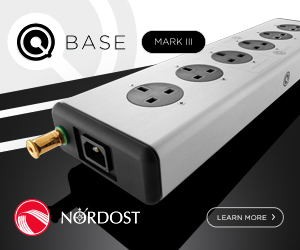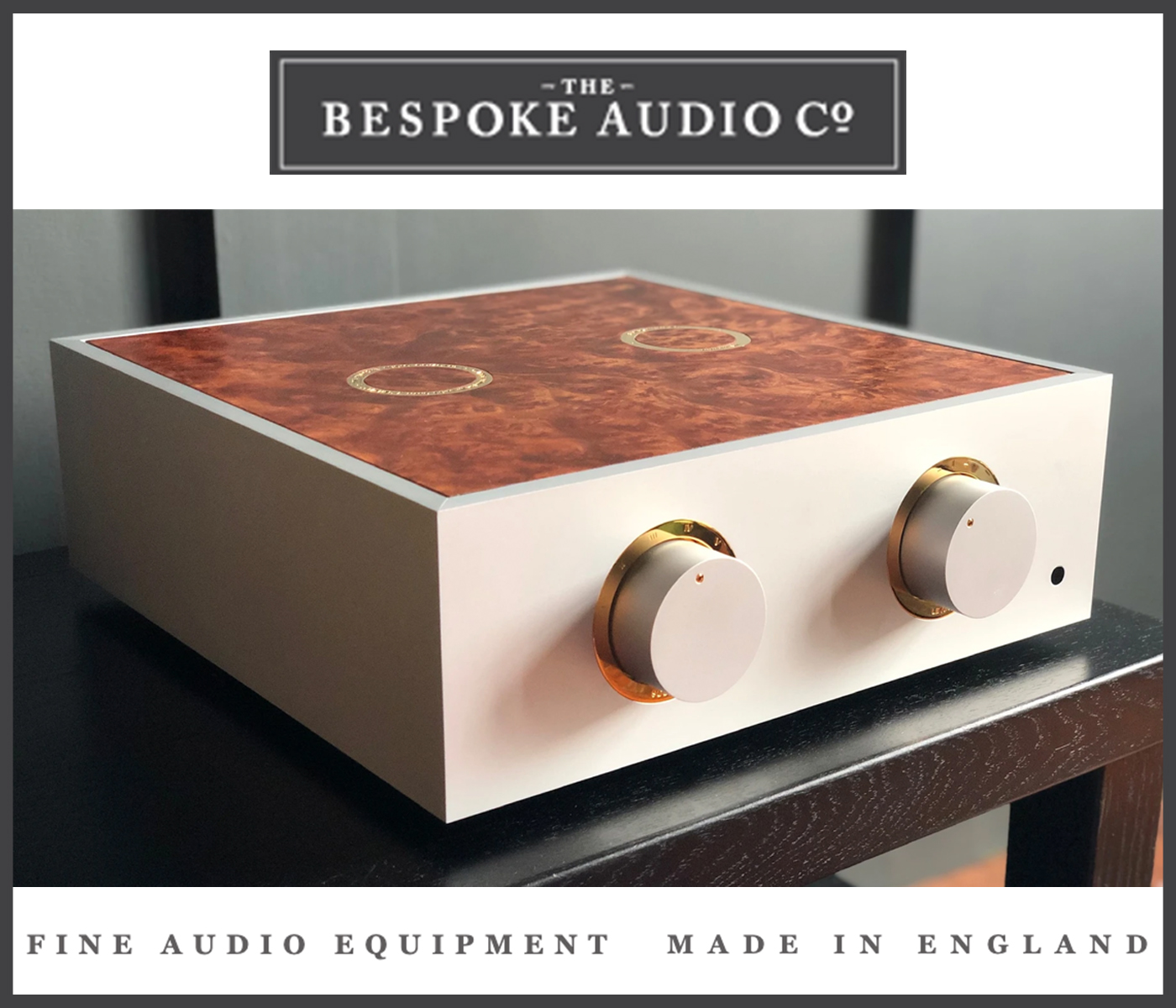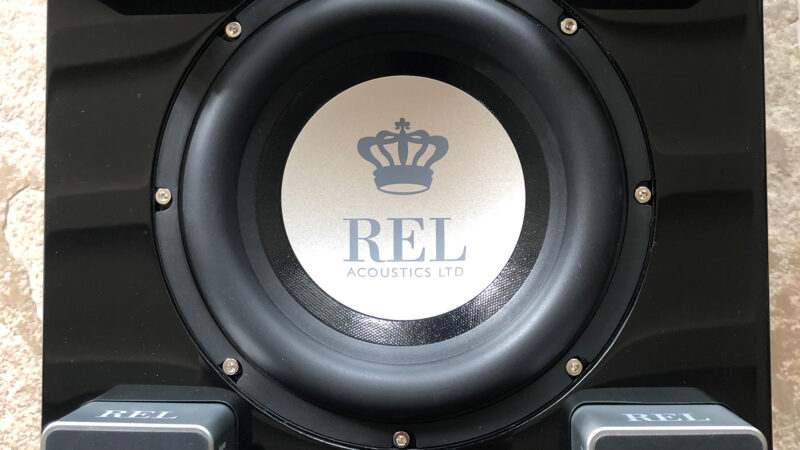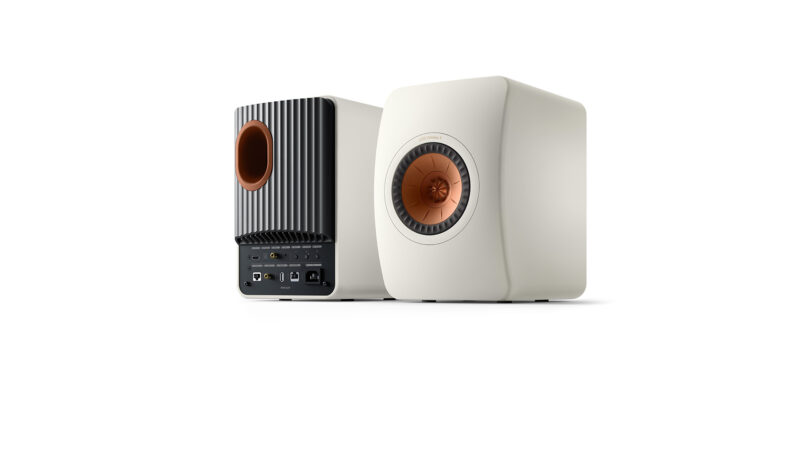When it comes to loudspeaker design, many brands would credit themselves for thinking outside the box, but for Eclipse its mantra is about going one step further, by doing away with the metaphorical box altogether.
Of course to do this you don’t just need a head for creative thinking, you also need access to serious resources that will allow you to properly test and push the envelope of standard approaches to product design. Thankfully having Denso Ten as its parent company, with access to its vast portfolio of automotive electronics manufacturing expertise, this isn’t an issue for Eclipse, which was set up to build beyond the typical wooden composite boxes that make up the bulk of the loudspeaker market.

While they may look other worldly, the TD510ZMK2’s design is based on good old fashioned R&D. Note the optional grille installed on the right speaker to protect the drive unit
Step forward the TD510ZMK2 on review here, which sits between the flagship TD712zMK2 and smaller TD508MK3, as the mid model in Eclipse’s loudspeaker range, with a selection of subwoofers and compact models completing the line-up.
Total eclipse
The most obvious element to the 510 is its striking shape which you could describe as egg-like, if the chicken that laid it was called Darth Vadar. Suffice to say despite this design being a decade old, they look refreshingly stylish, futuristic and less predictable than most loudspeakers on the market today.
Their curved shape is governed by their sound quality more so than aesthetics, as it keeps internal standing waves to a minimum. Formed from fibreglass, the speaker’s 7.3l volume cabinet is built around a central ‘diffusion stay’, with a cone shaped zinc mass anchor at its core, supporting five connecting arms that hold the external shell in a ‘floating virtual structure’ to null vibration.
All of this is to provide the ideal support base for a 100m full range drive unit, with rear facing sculptured bass port.
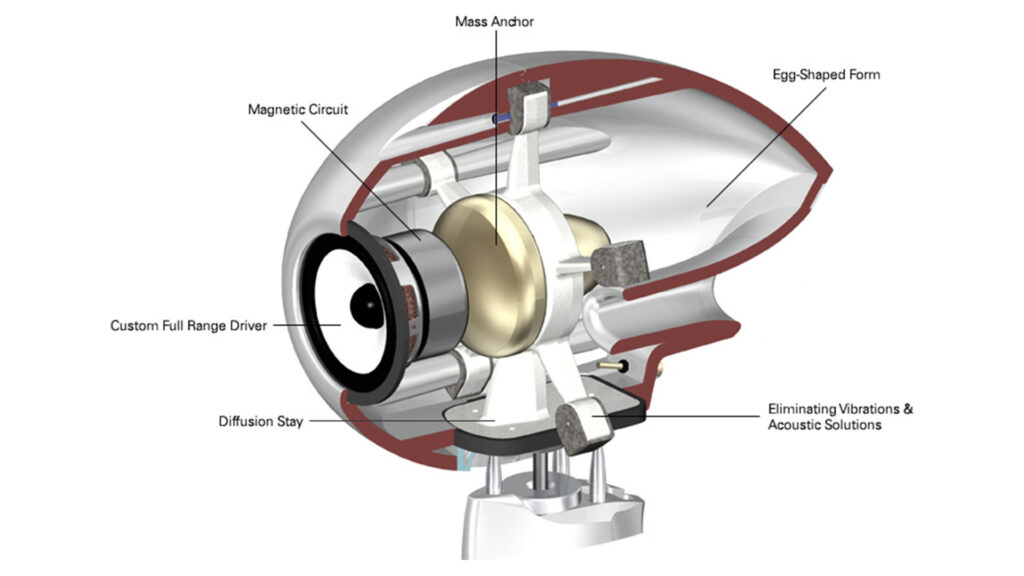
Thee 510’s internal structure is well braced and designed to reduce vibration
As denoted by the Z moniker in the model name, our test versions come with dedicated stands and cost £2,000 per speaker, with the standard TD510MK2 short stand version costing £1,000 each (wall and ceiling mounts are also available). Selling them individually also allows the user to tailor their own Eclipse package from across the range should they wish.

The TD510MK2’s dedicated stand is pure quality, forged from cast alloy. Note the large knurled locknut and trio of locating pins. Cables can also be kept tidy thanks to the dedicated channel at the rear of the leg
The integrated curved stand that comes as part of the Z package justifies the extra outlay by putting many aftermarket stands to shame, thanks to its solid cast alloy build, extra large footprint and dome-tipped cone feet, that provide a trusty connection without marking wooden floors, like many spikes do.
The coupling mechanism to the speaker is also first class, made up of three support pins that locate into dedicated grooves on the speaker’s underside and a giant knurled ring nut and pin, that allows you to fine tune the speaker’s firing angle before locking it into place.
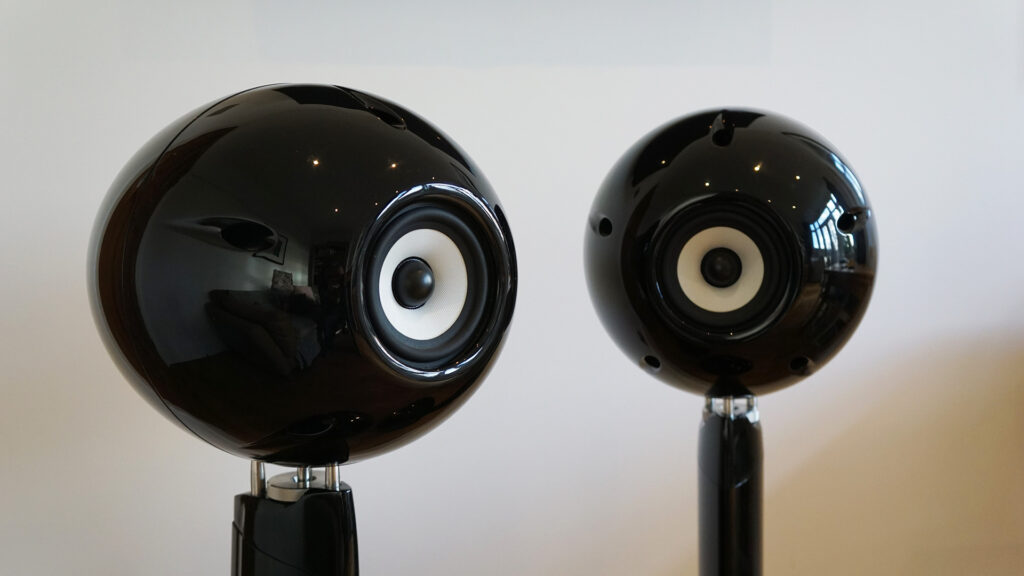
Also available in gloss white, the 510 stands out from the loudspeaker crowd
Performance
The laws of physics tell you that a full range drive unit with a relatively small surface area needs to work hard to move a lot of air, and driven by my Musical Fidelity M6 pre/power amps with north of 230W per channel makes such there’s plenty on tap to feed the 510s’ 6ohm load. The 84dB seems accurate too, with the preamp’s volume level needing a bit more nudging to get the Eclipses singing, so make sure that you’re partnering amp has sufficient muscle to truly drive these speakers. And driving the music is what these speakers are all about with a sound that is fast, accurate and addictively involving. Feeing them a 24-bit/96kHz file of Don Henley’s Boys Of Summer from Qobuz via a Primare NP30 media player highlights what the 510s do best, as the keyboard’s looping notes are delivered with the right amount of pace and anticipation that goes beyond many big boxed rivals and gets to the core of this track’s appeal.
It would be too easy to simply describe these speakers as fast sounding, and a more accurate description is a speaker that’s not held back in anyway, which brings a real sense of freedom to the music. The distant guitar notes for example at 2.40 minutes in rise and swoop beyond my listening room’s boundaries, like the cries of the far off eagles they’re trying to sonically emulate.

Rear bass port is elegantly integrated into the speaker’s rear curve. Single sets of multiway binding posts are discreet yet easily accessible
Freedom for the people
And it’s this lack of colouration or boxiness that makes these speakers less sensitive that most to room positioning, by sounding effortlessly open and encompassing without fuss. Enough of toe-in so their axis crossed a few feet behind my head and angled at ear level strikes the ideal balance in my listening space for an expansive soundstage aligned to pinpoint imaging.
Serving up Airbag’s Sunset at 16/44 and the Eclipses get to work spreading the percussion around the room with with rapid fire delivery that’s edge of my seat stuff. With some traditional box type speakers, the bass guitar’s closely spaced notes on this track can sound blurred as they merge into each other, not so with the 510s, which separates them out with composed ease.
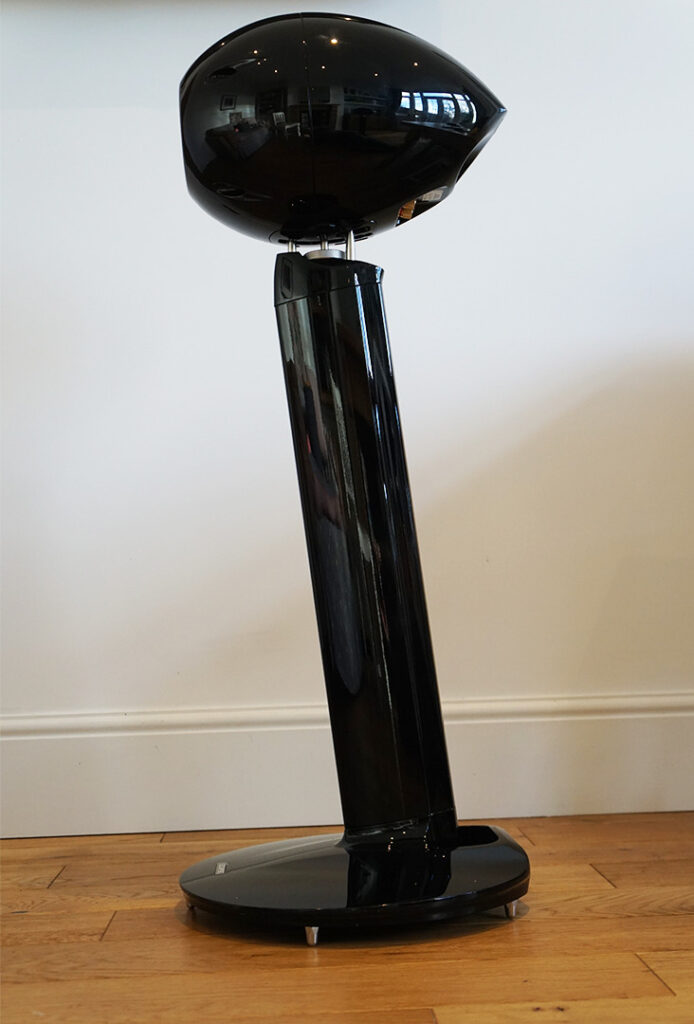
Side-on, the 510s cut a fine silhouette while being eminently stable
Where there is perhaps a slight trade off is in the lower octaves. Trying to integrate bass heavy speakers into my listening room is perhaps my biggest audio challenge, and in this regard the 510s are a breath of fresh air as wherever they’re placed the lower octaves are delivered with control and seamless integration. In larger rooms though, some users may crave more low end grunt, but this could easily be addressed by using one of the brand’s dedicated subwoofers.
And this should not detract from what these speakers do so well with their delicious integration across the soundstage. The clarity of Bjork’s Desired Constellation at 16/44 is so arresting I’m interrogating the incoming sample rate for typos as the 510s make this red book standard version sound every bit a hires recording. The speakers vanish into the soundstage for Bjork’s vocals to soar and swoop across the midrange and top end without any sense of crossover (as you’d expect from a full range driver). Add to this a glorious sense of imaging and space around instruments makes this speakers more than deserving of being highly recommended.
In summary
The Eclipse TD510MK2 is designed to standout from the crowd and its clear from the outset that they have the sonic substance to match the looks. Their design deserves high praise for achieving a musical presentation that’s beautifully timed, transparent and expansive in a flexible package that can be upgraded and expanded as your needs change.



